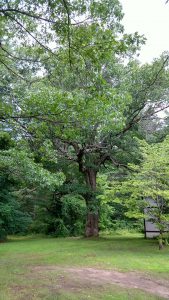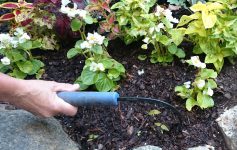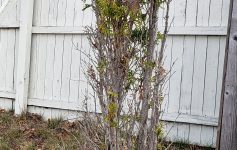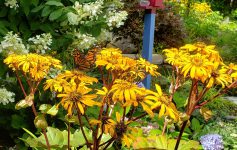 Trees are an often overlooked structure in our outdoor landscapes today. I can recall hours of fun as a kid climbing the maples that lined our street. The lower branches were just slow and sturdy enough to use as a trapeze or pull up from the ground to start my ascent into the tree. For our children, although we never had great climbing trees on our property, we used the trees for all manner of play from shading a playhouse, to tire swings and ziplines. As I observe the trend in urban development throughout our region I lament the ever increasing loss of these majestic structures.
Trees are an often overlooked structure in our outdoor landscapes today. I can recall hours of fun as a kid climbing the maples that lined our street. The lower branches were just slow and sturdy enough to use as a trapeze or pull up from the ground to start my ascent into the tree. For our children, although we never had great climbing trees on our property, we used the trees for all manner of play from shading a playhouse, to tire swings and ziplines. As I observe the trend in urban development throughout our region I lament the ever increasing loss of these majestic structures.
There is a tree that always takes my breath away nearby the studio entrance of the National Museum of Dance. The circumference along with size and number of whorls on the trunk would suggest this beauty may be around 200 years old! (if anyone knows how old this tree may be……..would love to hear from you!) It is a real testament to strength in nature. Just running your hands along the roughness of the trunk gives you the impression this beauty has seen much and endured much. But it’s remarkable structure is only a small part of it’s value in the landscape
A recent article in the American Gardener (publication of the American horticultural Society) indicates the U.S. Department of Agriculture and Forest Service estimates 175,00 acres of urban and community tree cover has been lost from 2009-2014. During that same time, they report installation of pavement and other impermeable ground covers increased by 167,000 acres!
This trend will have significant impact on areas. Immediately the loss of aesthetics comes to mind, but did you realize trees have a role in pollution removal and reducing air temperature with their canopies? So trees are not just a “pretty face” in the landscapes. They play a valuable role in the quality of our living.
In your travels today check out some trees. I encourage you to visit that majestic beauty on the grounds of the Dance Museum here in town. You will stand in awe and come home with a new appreciation of trees.
Want to learn more about the study I referred to? visit http://www.nrs.fs.fed.us/pubs/55941
As always, keeping common sense and sustainability at the core of all my garden practices!



